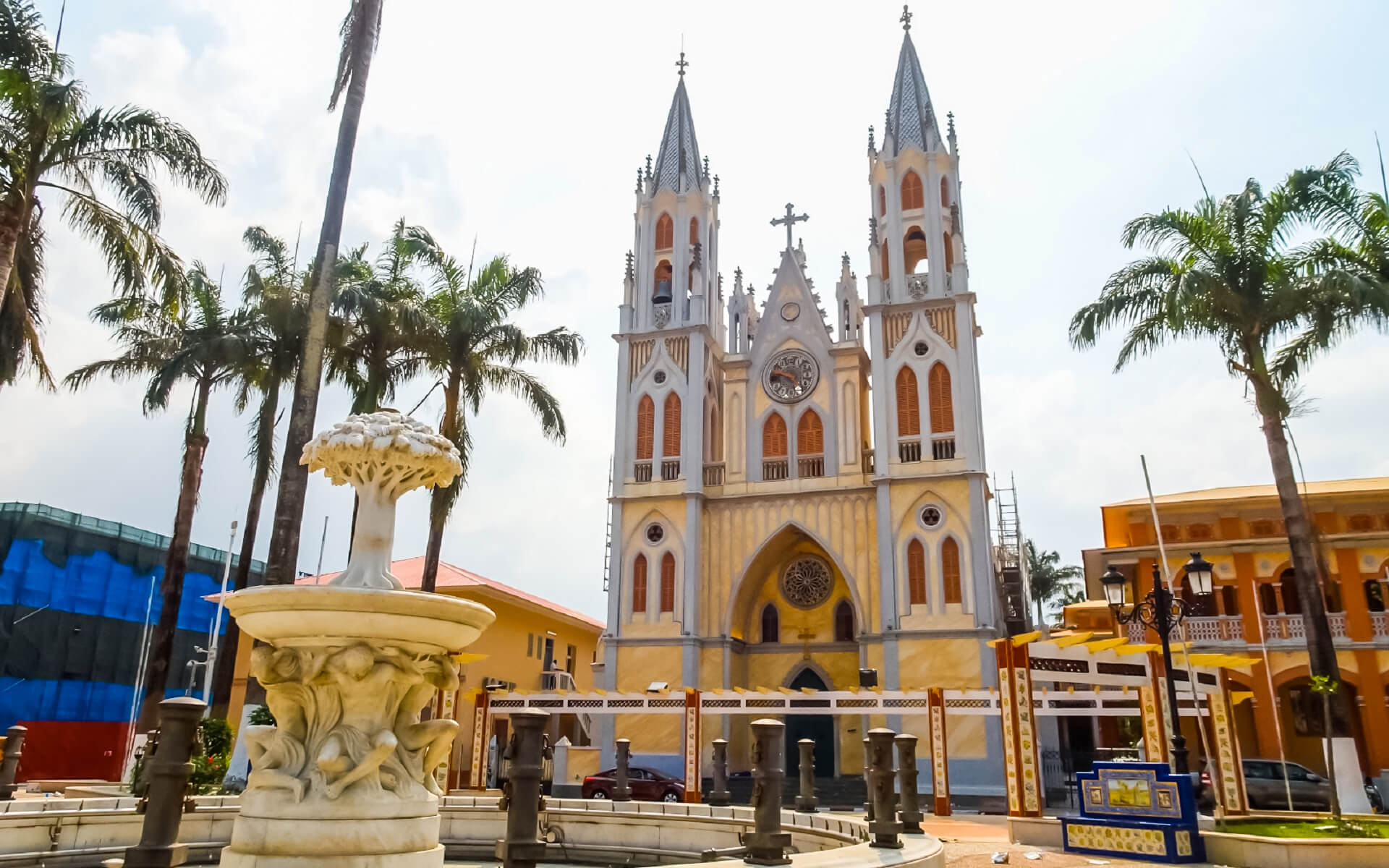Malabo is a city that has preserved colonial-era structures such as the Presidential Palace and the Malabo Palace of Justice. Other colonial structures may be seen in the downtown area, however they are as dilapidated as the wooden buildings of Nigeria’s 19th century and Rey Boncoro streets.
Notable structures include the Cathedral of Santa Isabel, which is located on the Roman Catholic Archdiocese of Malabo. It is a neo-Gothic temple that was constructed between 1897 and 1916. It was designed by Luis Segarra Llairadó and funded by contributions from the Spanish government and loyal donations. It features two 40-meter-tall towers. Perhaps the same Antoni Gaud will handle the plans.
Other attractions include La Gaditana, originally known as Finca Amilivia before to 1918, the Casa Teodolita, built in 1902 and one of the city’s oldest structures, the Malabo City Hall, the Church of Elá Nguema, the Independence Square, the Casa de Espaa, and the port bay.
- Bioko Biodiversity Protection Program, Moka, Bioko Island. Visitors, including tourists and schoolchildren, are invited to attend instructional activities. A beautiful set of four backlit posters made by BBPP Outreach Coordinator Jessica Weinberg and financed by an International Primate Protection League grant highlight the necessity of curbing the bushmeat trade. Jessica Weinberg’s paintings, as well as post cards depicting Bioko Island fauna, is for sale.
Staff at the Research Centre can arrange for tours to nearby sights (the Cascades of the Ilyadi River and the Pico Biao Crater Lake). Moka is a good site to explore and study Bioko Island’s rich flora and wildlife due to its mild environment and central position.
- Universidad Nacional de Guinea Ecuatorial, Luba Road. The UNGE campus is centered on a grassy plaza featuring a statue of Teodoro Obiang, Equatorial Guinea’s current president. The earliest buildings on the UNGE campus were constructed by the Spanish during their reign over the island. The original structures resemble a Spanish colonial architectural style, with arches and low spreading buildings used often. The classrooms of the university’s older section are arranged in a semi-circle around the lawn. A new building in a more contemporary form has being constructed on the university’s south side. The walls are light in color and reflective, which reduces the amount of passive solar heat generated in the structure. The rooms are spacious and feature huge windows that allow for plenty of natural light. The structure is square and shiny. The university has a tiny library.


